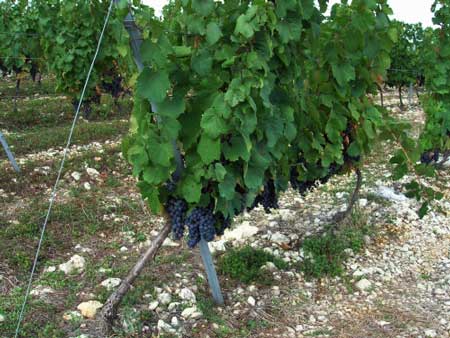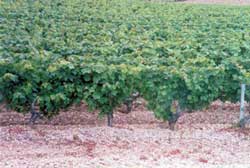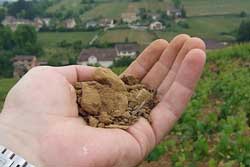
Know Your Terroir – Part II
Can you Name the Ten Most Famous Wine Regions from their Terroir?
Part II of this two part blog, focuses on the first five famous terroirs of the modern wine world
It is important for grape growers, winemakers and wine consumers to know the famous terroirs of the modern wine world. Review the terroir descriptions [1 through 10] and try to name them – 1 through 5 were posted last Friday at: https://vintagetexas.com/?p=643. The following are 6 through 10.
Send your answers to russ@vintagetexas.com (email addresses will be witheld). Each correct answer will receive 10 points.
BONUS: Five bonus points will be given to any responses that correctly name Texas locations with similar characteristics. NOTE: YOU HAVE TO JUSTIFY YOUR ANSWERS for consideration of bonus credit.
The correct answers and the top three winners will be posted March 30, 2009.
Let the challenge continue…..
6. Great Cabernets from this new world region are described as having a dusty and spicy berry character and sometimes descriptions include mocha, allspice, that differentiate them from a adjacent and most notable American Cabernet-producing region. There are three distinct alluvial fans in this region that brought the mineral-rich soil over the eons. They range from gravelly to sandy to loamy, and some of the most famous vineyards rest on shattered sandstone with a limestone base.
 7. Clay soils that dominate the right bank. Until the 17th century, most of the area was swampy marshland the waters were drained revealing a rocky gravel soil rich in minerals and perfect for growing grapes. Further to the south fine white wines are produced along with reds in the arid sandy and gravelly soil. This region has the distinction of being the only region famous for white, red and sweet wines.
7. Clay soils that dominate the right bank. Until the 17th century, most of the area was swampy marshland the waters were drained revealing a rocky gravel soil rich in minerals and perfect for growing grapes. Further to the south fine white wines are produced along with reds in the arid sandy and gravelly soil. This region has the distinction of being the only region famous for white, red and sweet wines.
8. The steep walls of the valley protect grape vines from harsh weather and the steep angle provides an increase in sun exposure. Sunlight that reflects off of the river also aids ripening of the grapes in the cool region. The slate soil warms quickly and retains the heat of the day late into the cool of the evening. These factors combine to provide a long, slow ripening period for a particular capricious grape variety dominant in this region producing wines of intense minerality. Wines separated by just one little river bend can have entirely different characteristics. Vineyards in this region offer blue-gray slate to red volcanic soils. The subtleties of each soil type stands out producing some of the greatest white wines available.
9. A basin of limestone marl runs through three distinct and major wine producing regions. It is on the crest of this basin that the best vineyards lie. The soil varies from hill to hill, but all contain to varying degrees limestone clay which is heavy with minerality from the fossils from the Cretaceous period. The soils in these regions vary from chalky to some area a mix of limestone, clay and silica. The quality and longevity of wines in this terroir have been the center of the wine world for centuries.
 10. This white wine producing region is favored by the rain shadow of the westerly mountains, but the real beauty of this 70 mile strip of grape production is the mix of twenty different major soil compositions that lay on the east-hill sides. The most famous wines come from sandstone, limestone, granite, and volcanic soils. The soil types for Riesling are free-draining, stony, and rich in minerality. Close to this site Gewürztraminer is produced in limestone clay. Many of the famous vineyards in Alsace can trace their wine-growing heritage back to the 1300s. Despite wars, changes in nationality, changes in climate, and even phylloxera, this strip of vineyards barely a mile wide continues to crank out world class white wines.
10. This white wine producing region is favored by the rain shadow of the westerly mountains, but the real beauty of this 70 mile strip of grape production is the mix of twenty different major soil compositions that lay on the east-hill sides. The most famous wines come from sandstone, limestone, granite, and volcanic soils. The soil types for Riesling are free-draining, stony, and rich in minerality. Close to this site Gewürztraminer is produced in limestone clay. Many of the famous vineyards in Alsace can trace their wine-growing heritage back to the 1300s. Despite wars, changes in nationality, changes in climate, and even phylloxera, this strip of vineyards barely a mile wide continues to crank out world class white wines.

Be the first to comment